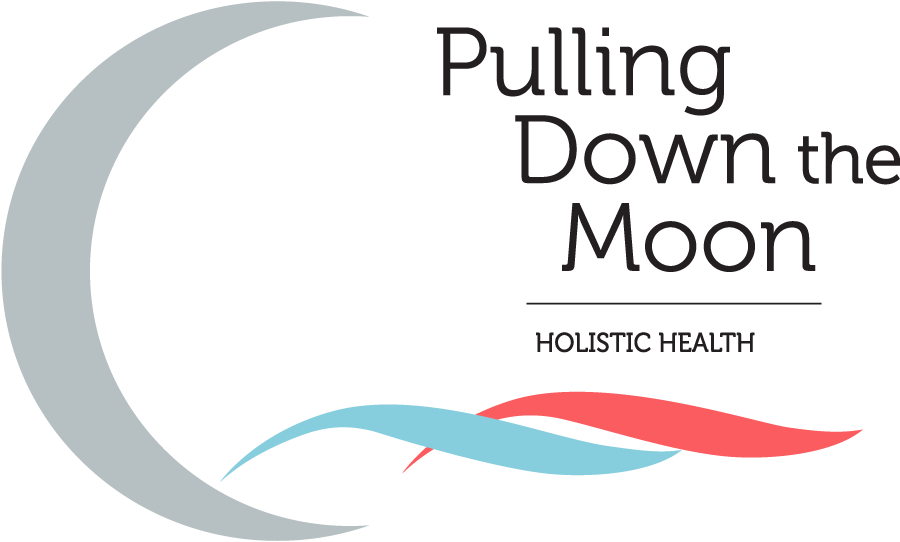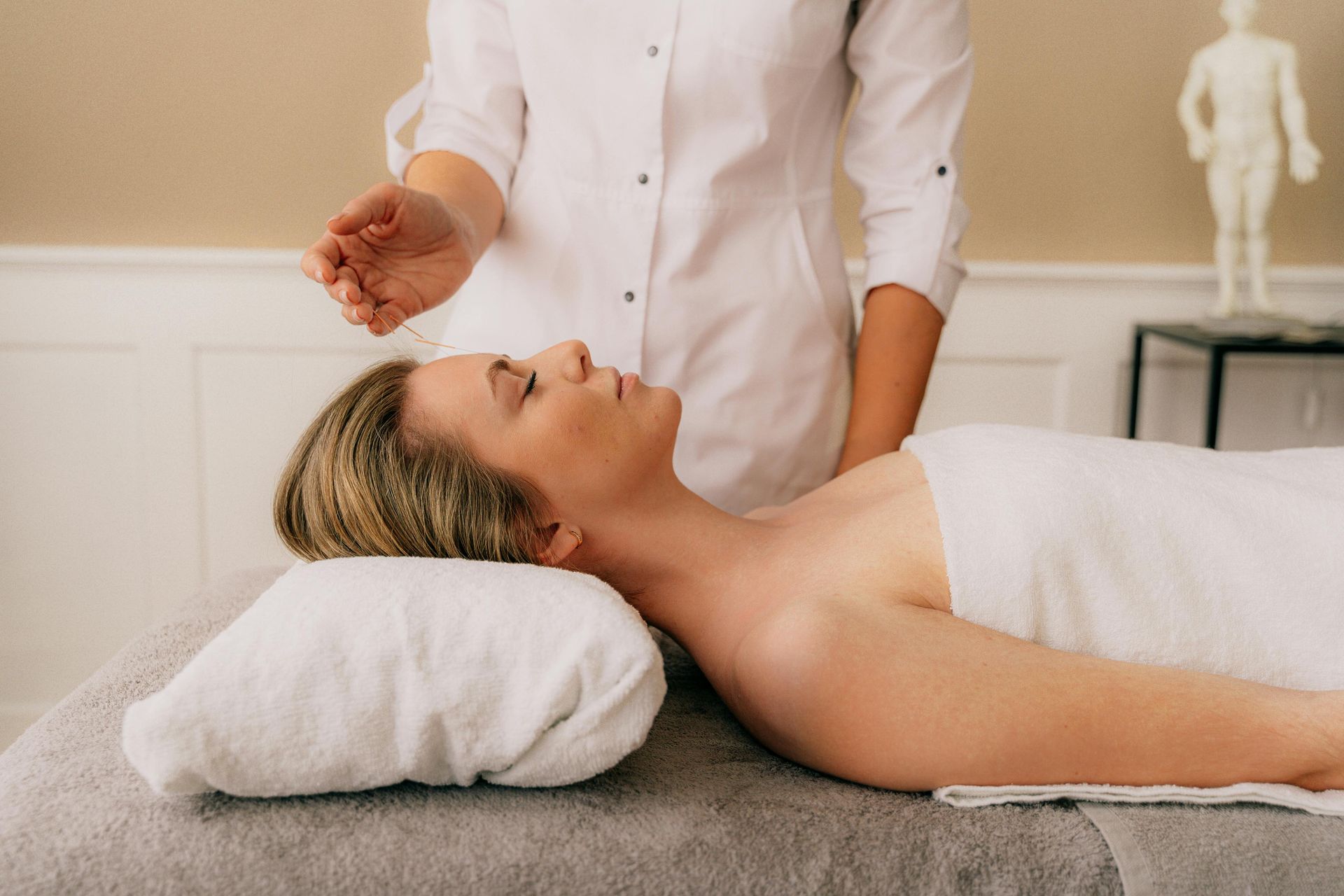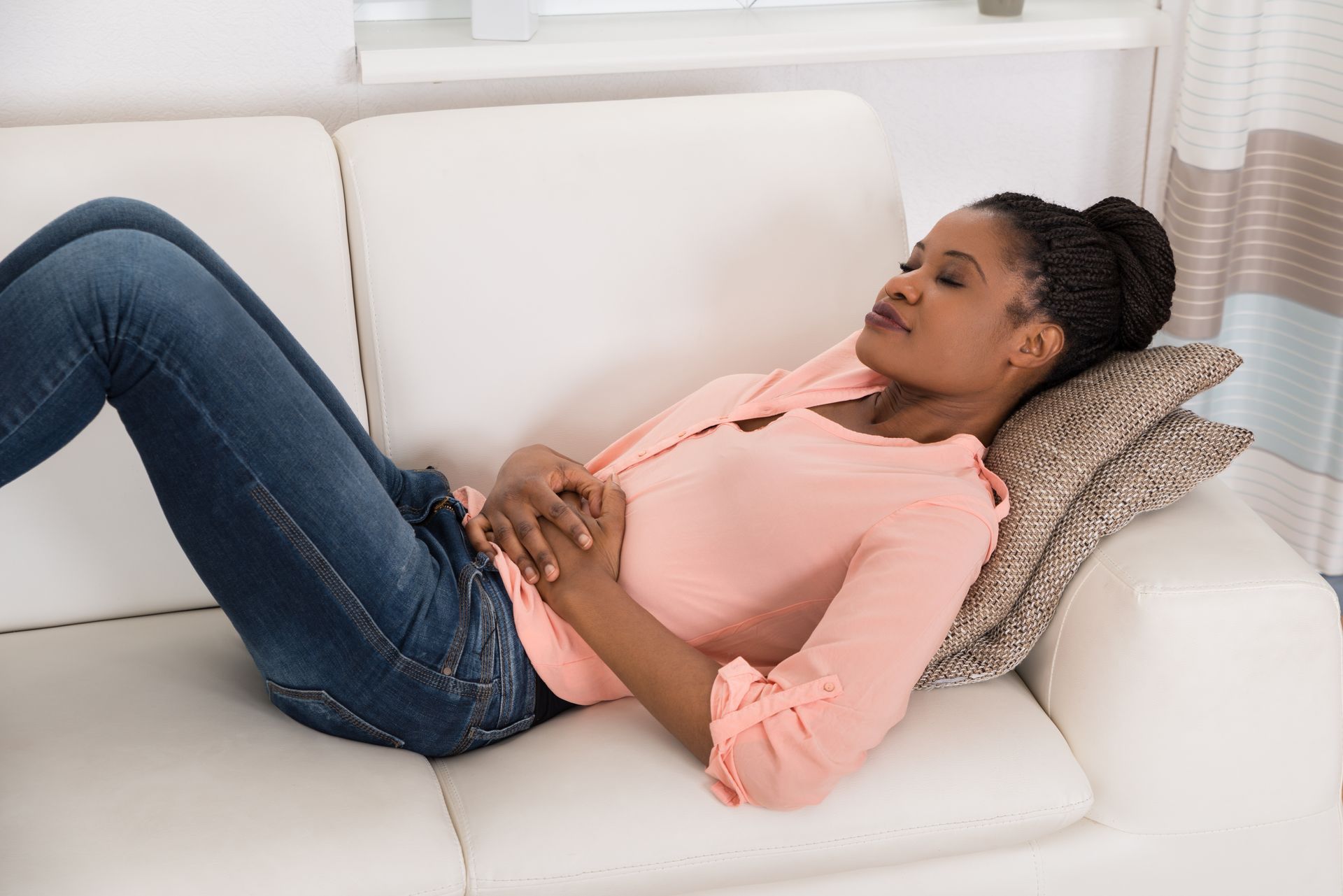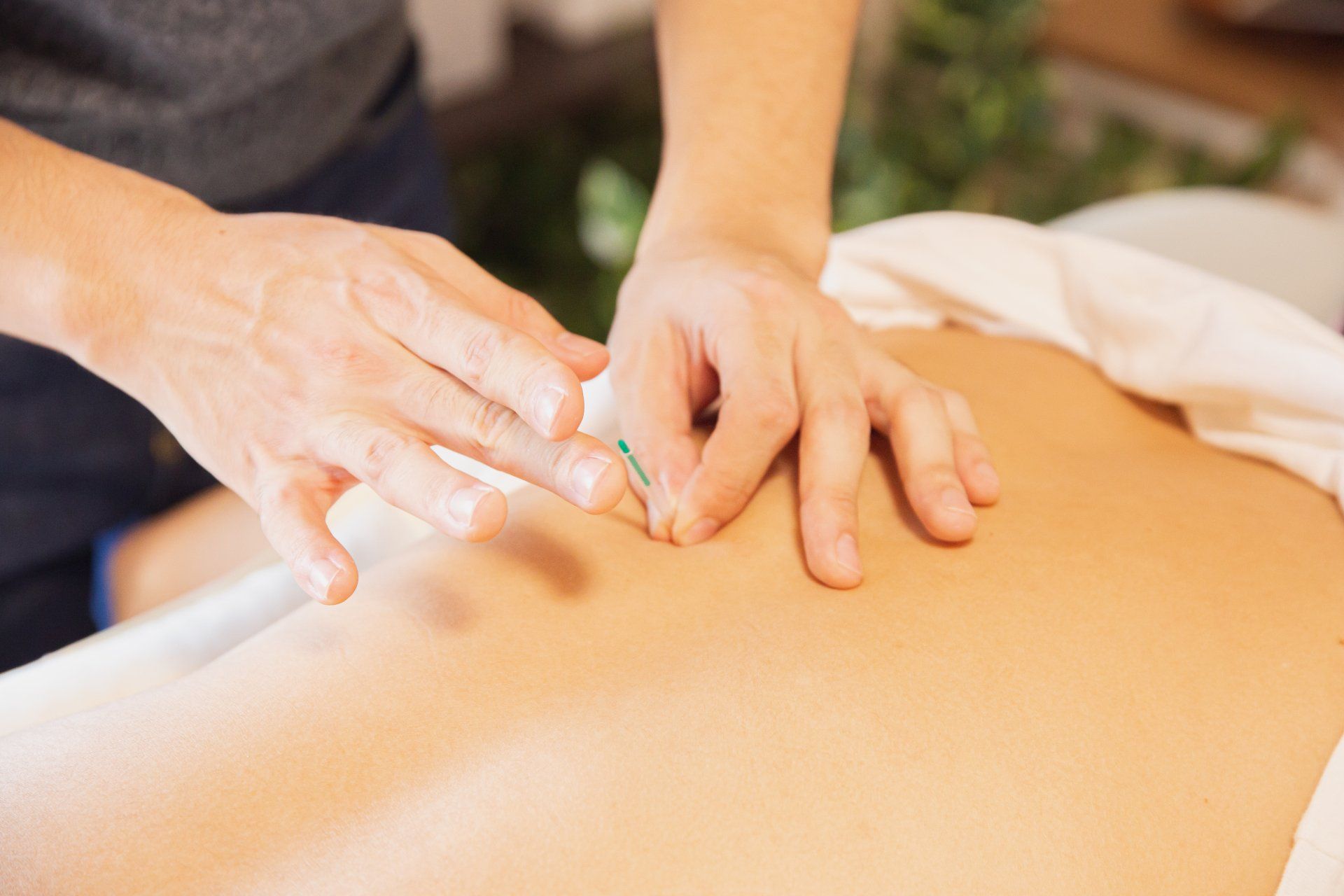Endometriosis Awareness Month: Decreasing Endometriosis Symptoms
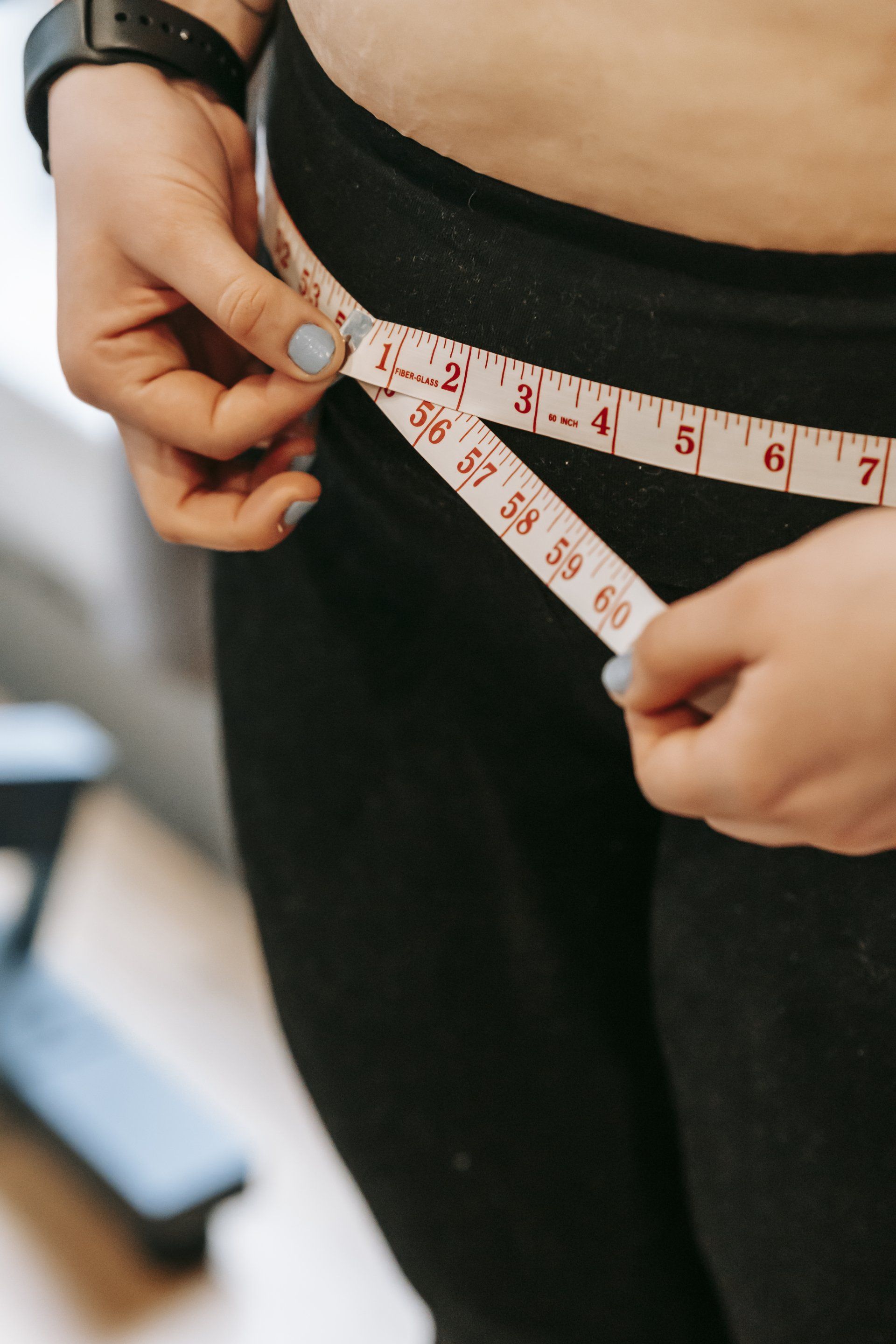
I am extremely empathetic to those women with endometriosis as I used to suffer from pelvic pain, heavy menstrual flow, and at times vomiting and constipation dating back to the age of 12. Although I haven’t been diagnosed with the disease, I’m pretty sure the rupture of my appendix when I was in 3rd grade paved the way for my discomfort around my menstrual cycle.
For those reading this and are unsure of what endometriosis is exactly, according to Mayo Clinic, “it is often a painful disorder in which tissue that normally lines the inside of your uterus – the endometrium – grows outside your uterus. Often times it spreads to the Fallopian tubes, ovaries and the ligaments that hold the organs in place which may cause trouble when trying to conceive and cause pain.
Many women do not realize that they have it until they are trying to conceive. As it’s hard to diagnose without laparoscopic surgery (which I’ve done and it’s not the greatest experience as you can imagine) though it can help clean up scar tissue temporarily which can relieve discomfort and offer a window to try to conceive, but it’s likely to come back if the root cause isn’t found.
Also, I believe because so many women are suffering from pelvic pain and PMS symptoms it’s become seen as a cliché to have these symptoms so they are brushed off as “normal”.
The symptoms of endometriosis are typically associated with the menstrual cycle and unique to each woman and may include: pain during sex, extreme cramps that don’t go away with anti-inflammatory support or that impede daily life, bowel and urinary disorders, periods that last longer than seven days, heavy cycle (changing pad or tampon every hour) and nausea or vomiting. YUCK!
Good news! There are ways to decrease symptoms in a non-invasive way FIRST!
- Be mindful. Start to track your symptoms daily: mood, stress levels, diet and exercise to see if there’s a pattern to your pain.
- Try an elimination diet. Certain foods may be triggering inflammation in your body. Read about some recommendations here from our nutrition team.
- Balancing your hormones. High levels of estrogen is connected to endometriosis. Studies show when estrogen is dominant over progesterone, or progesterone is too low, it can set a woman up for pelvic pain. Yoga can ease menstrual pain, improve fertility, and aid in hormonal balance.
- Seek out a pelvic physical therapist with expertise in women’s health and a massage therapist specializing in fertility massage and Mercier Therapy. This can alleviate pain, symptoms, and aid in hormone balance.
Do you have or think you have endometriosis and are trying to conceive? Do you want support to help guide you to the root cause of your pain and heal your body? Join one of our Yoga for Fertility series or call 312-321-0004 for more information.
Be well,
Diana
